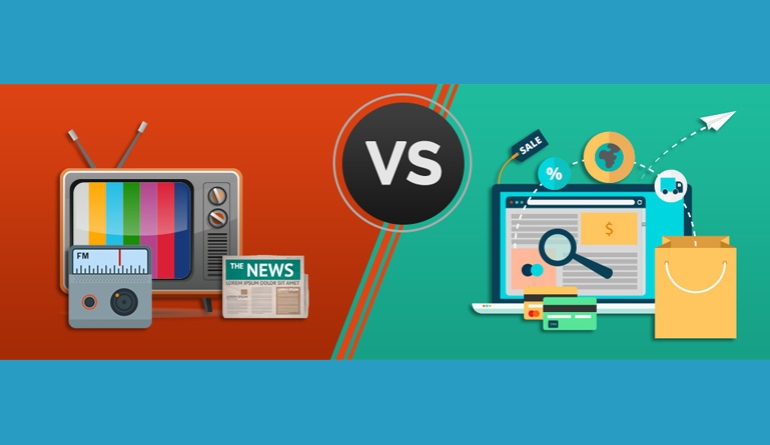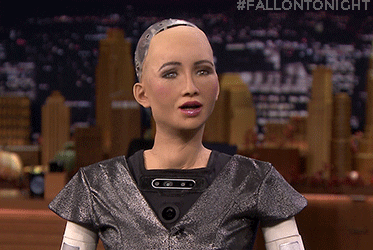
When you wake up in the morning, you open your smart phone, you watch a video about a viral news and read an article about it on a news website, that is media convergence. According to Study.com, media convergence is “the joining of distinct technologies into one.” Jenkins (2003), also defined media convergence “flow of content across multiple media platforms”, emphasizing that convergence isn’t only a product but also a process by which we create, receive and distribute content. According to the convergence theory, media is convergent when it involves the 3 Cs: computing, communication, and content.
Convergent vs Traditional Media

There are numerous distinctions between convergent and traditional media. From production to form and to consumption.
Platform
Traditional media only exists in one platform it can be in print, radio or television while convergent media and its content encompasses through a combination of different platforms.
Interactivity
In traditional media, the form of communication is linear. You just simply broadcast content to your mass audience. On the other hand, in convergent media, like social media, the communication is two-way. It means the element of feedback is present. You can comment on the content producer and the producer may communicate with you right away, there is interactivity.
In traditional media, you can’t really choose what to consume, in convergent media you can choose what to view depending on your preference and immediately react on it.
Versatility
Traditional media, per format, can only target one kind of audience. Print media can satisfy those who like to read and radio can satisfy those who prefer to listen. But convergent media can serve different kinds of audiences. Convergent media is also a better instructional tool than traditional, it serves all kinds of learners, may it be, visual, auditory or audio visual kind of learner.
Cost Efficiency
Imagine yourself purchasing a television set, a transistor radio and numerous copies of newspapers and magazines when you can have all of that in a smartphone! Convergent media provides you a variety of service for a reasonable amount of price.
Media Convergence as New Media
According to Christian (2014) , new media refers to content that is easily accessible via many different forms of digital media. This implies that convergent media is new media. Different advertisements exist in convergent media. One example is in Social Networking Sites like Facebook, they monitor your activity in their site to know your preferences and show the matching advertisements they can put.
Convergent Media- a tool for empowerment
Convergent media is highly accessible and has a wide reach. These characteristics of convergent media strengthen freedom of expression. Convergent media empowers individuals to assert themselves to a bigger society, because you don’t have to be a journalist to produce content and to be believed in. The masses are not only content consumers but are now also content producers. According to Grant (2009), convergent media “change the elitism of media professionals and create new general awareness.” One timely example is Gretchen Diez. With the power of convergent media, she asserted herself and her rights by posting a facebook live of the incident that happened inside a mall in Quezon City. The convergent media, became a platform to inform the public about the abuse she experienced and enabled her to fight for what she thinks is right. She became a David as a SOGIE advocate who fought against Goliath,the LGBT-oppressive society.
The Future of Mass Media

If this kind of development continues, the world will greatly change. In the early future, major content creators will get richer and richer. Content (knowledge and entertainment) will continue to flourish as the currency of the world. If technological advances keep up with this pace, education and information will be accessible to almost everyone and the literacy rate of the world increase. However, if content production remains unregulated like today, the problem of misinformation and disinformation may grow bigger. Human interaction will continue to increase and in just a blink, the world will be overly technology-dependent and humans would act like the machines they create.
SOURCES:
Baran, S. J. (2013). “Chapter Ten: The Internet and the World Wide
Web” in Introduction to mass communication: media literacy and
culture. New York, NY: McGraw-Hill.
https://mconvergence.wordpress.com/about/
https://study.com/academy/lesson/what-is-media-convergence-definition-explanation.html
